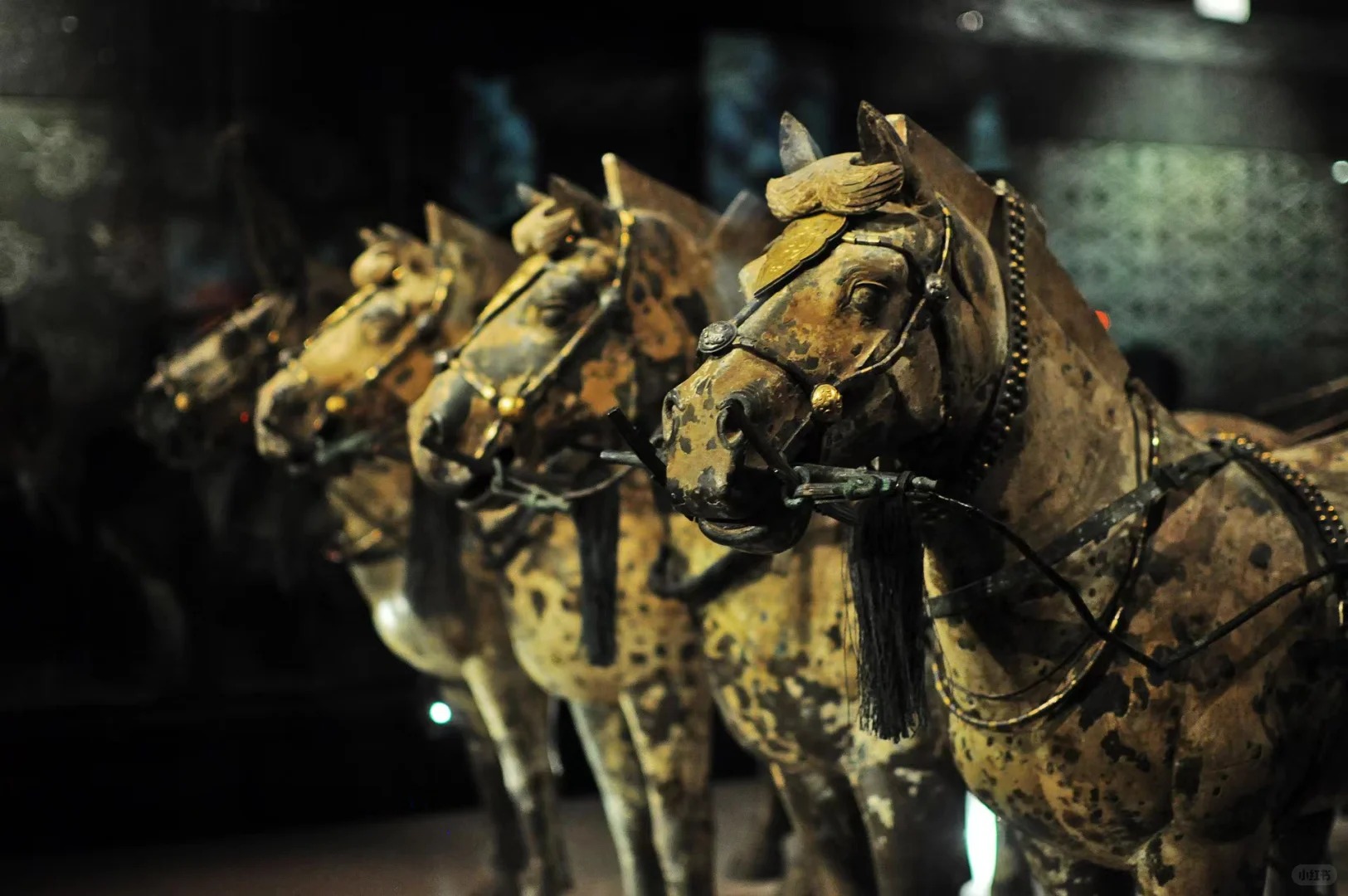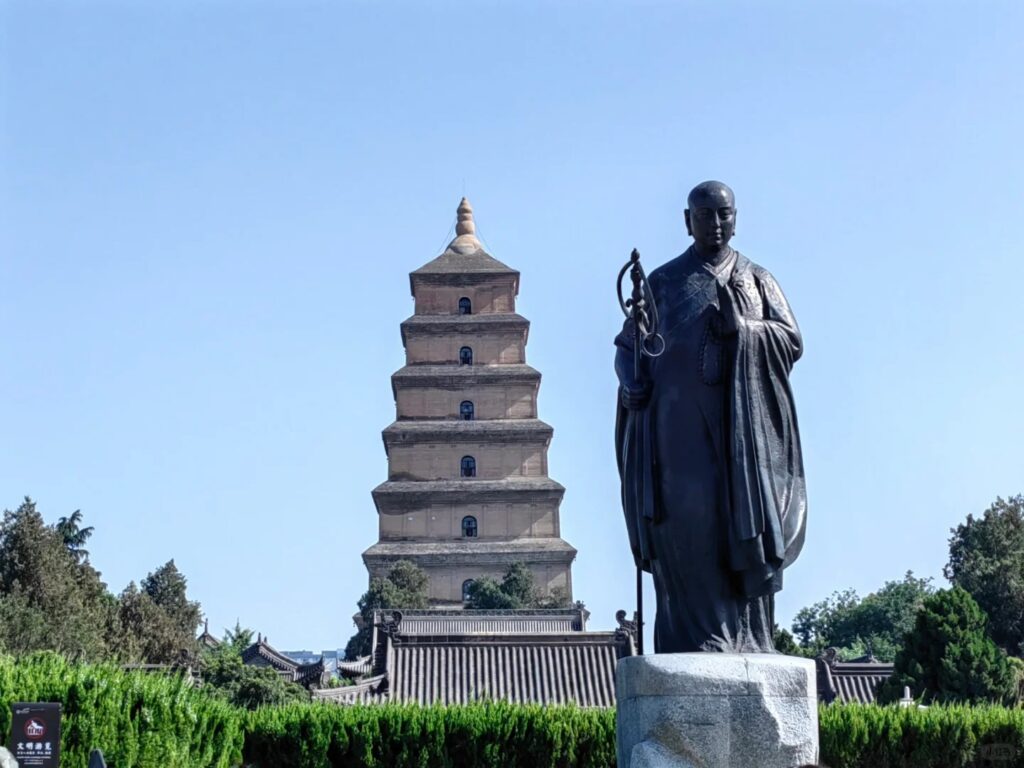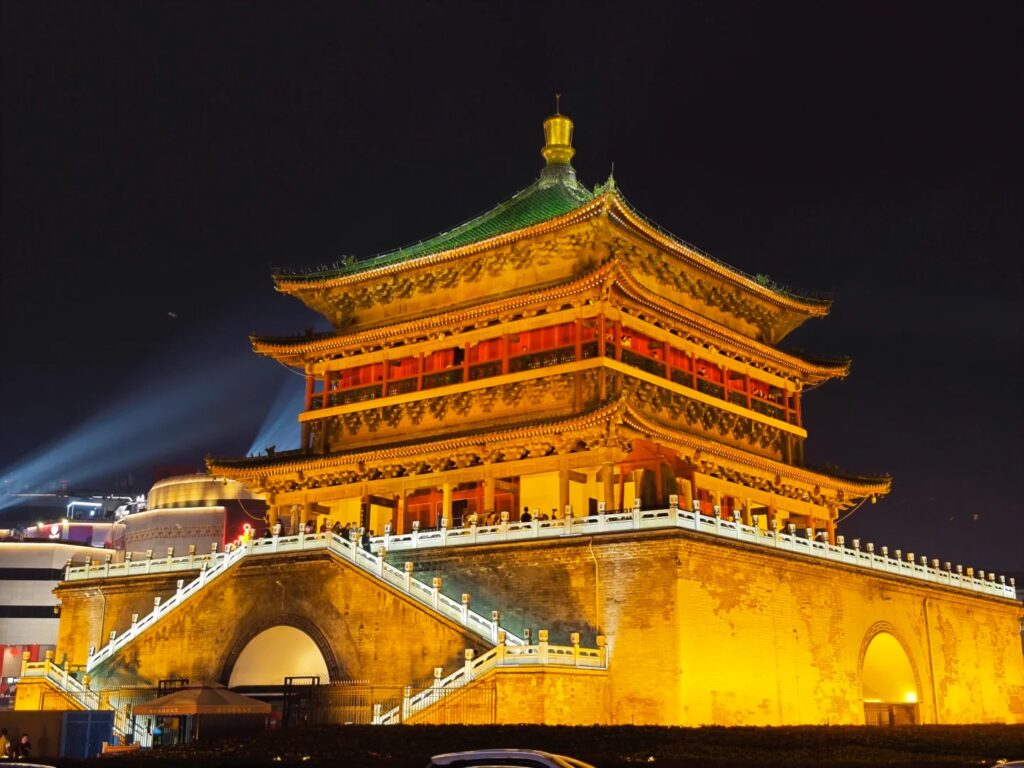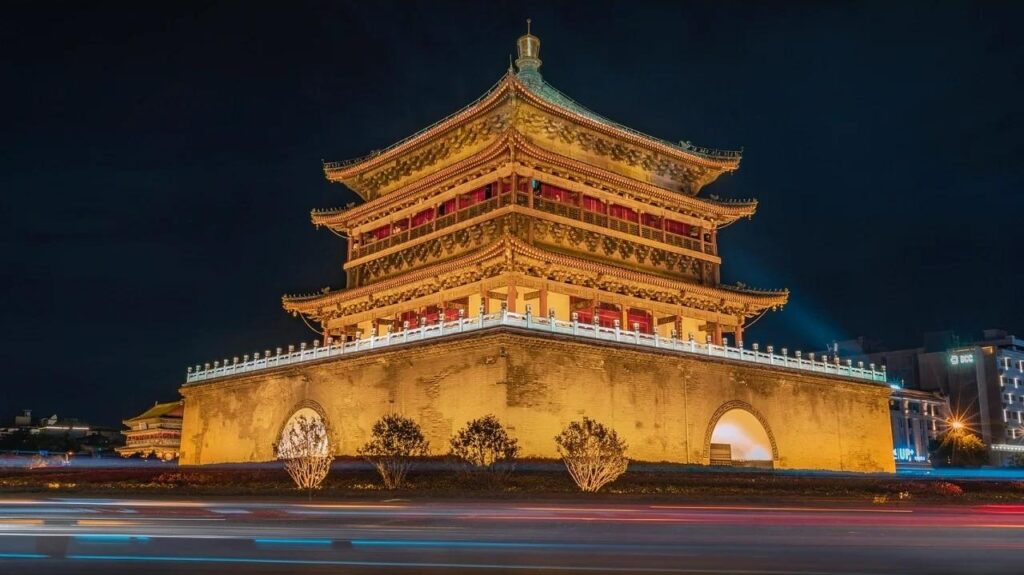Visiting Information
| Information | Details |
|---|---|
| Chinese Name | 兵马俑 (Bīng Mǎ Yǒng) |
| Location and Address | Lintong District, Xi’an, Shaanxi Province, China |
| Opening Hours | March 16 to November 15: 8:30 AM – 6:00 PM November 16 to March 15: 8:30 AM – 5:30 PM |
| Entrance Fee | March 1 to November 30: 150 CNY December 1 to end of February: 120 CNY |
| How to Get There | By Metro: Take Line 2 to Weishui Road Station, then transfer to Tourist Bus 5 (306) By Bus: Take Tourist Bus 5 (306) from Xi’an Train Station By Taxi: About 1-hour drive from Xi’an city center |
| Best Time for Visit | March to May and September to October for pleasant weather and fewer crowds |
| Contact Info | Tel: +86 29 8139 9001 |
Overview
The Terracotta Army, also known as the Terracotta Warriors and Horses, is a collection of terracotta sculptures depicting the armies of Qin Shi Huang, the first Emperor of China. It is a form of funerary art buried with the emperor in 210–209 BCE with the purpose of protecting the emperor in his afterlife.
Historical Background
The Terracotta Army was discovered in March 1974 by local farmers in Lintong District, Xi’an, Shaanxi province. The army consists of more than 8,000 soldiers, 130 chariots with 520 horses, and 150 cavalry horses, the majority of which are still buried in the pits near Qin Shi Huang’s mausoleum. The figures vary in height according to their roles, with the tallest being the generals.
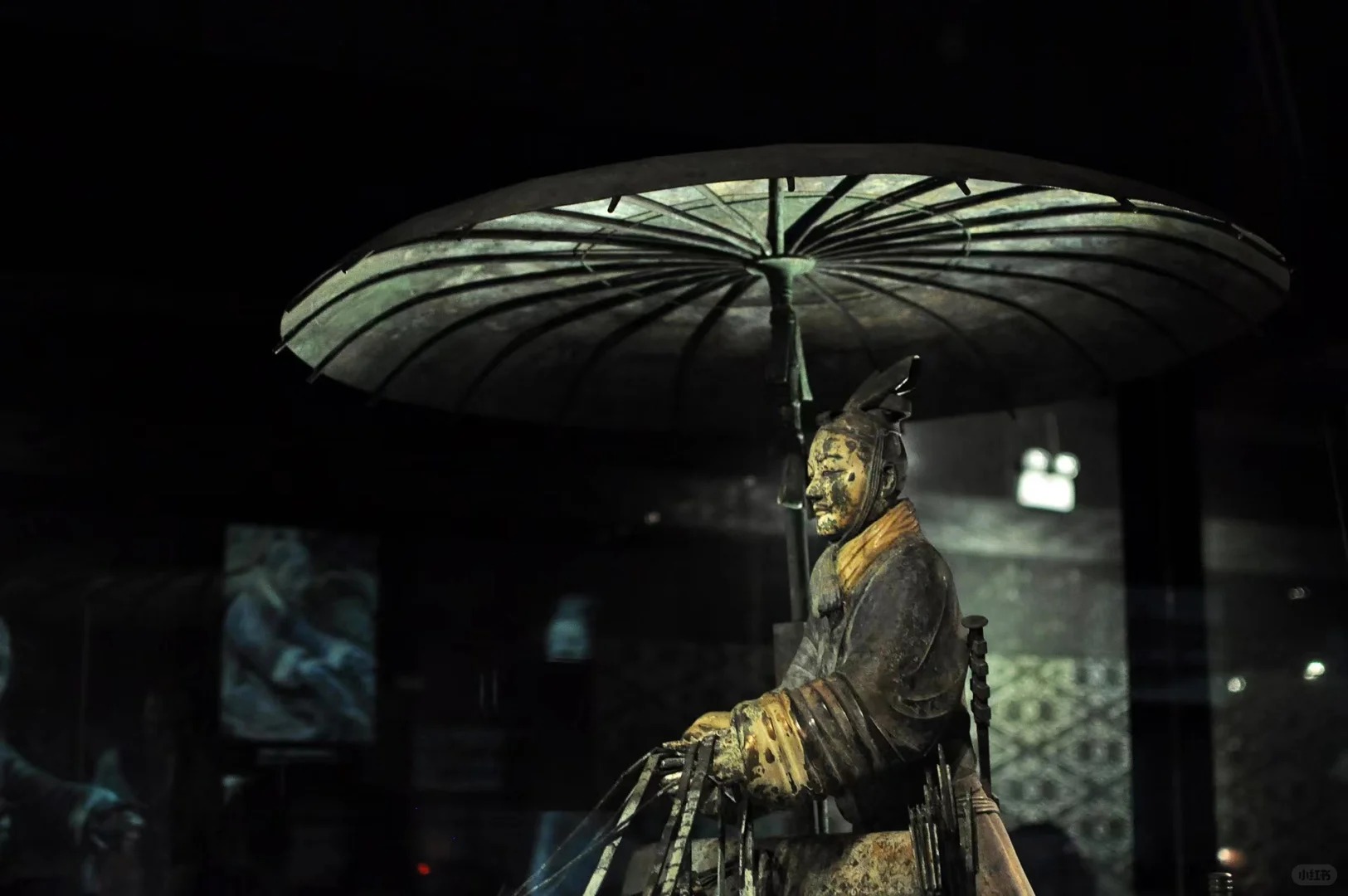
Architectural Features
The Terracotta Army is housed in three main pits:
- Pit 1: The largest, containing the main army of more than 6,000 figures
- Pit 2: Containing cavalry and infantry units and war chariots
- Pit 3: The command post, with high-ranking officers and a war chariot
Each warrior is unique, with different facial features, hairstyles, and clothing details. The figures were painted with bright pigments, which have largely faded over time.
Cultural Importance
The Terracotta Army is considered one of the greatest archaeological discoveries of the 20th century. It provides invaluable insight into the military, cultural, and technological practices of ancient China. The site was listed as a UNESCO World Heritage Site in 1987 and has become a symbol of ancient Chinese civilization and craftsmanship.
Surrounding Attractions
While visiting the Terracotta Army, consider exploring these nearby attractions:
- Qin Shi Huang Mausoleum: The tomb of the first Emperor of China
- Huaqing Hot Springs: Ancient imperial bathing pool and gardens
- Mount Li: Scenic area with historical significance
- Xi’an City Wall: One of the oldest and best-preserved city walls in China
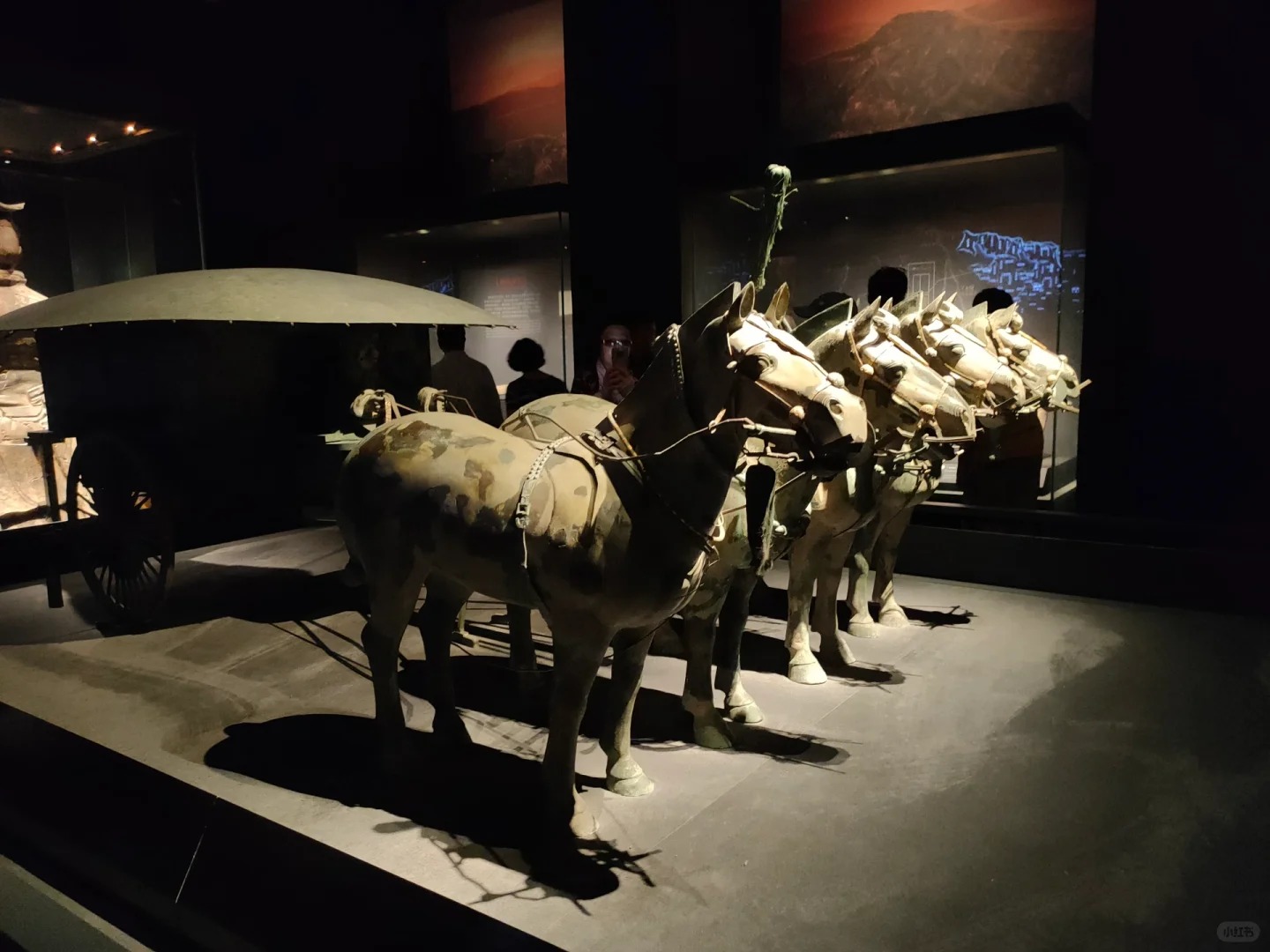
Photography Opportunities
Photography is allowed in most areas of the Terracotta Army museum, offering numerous opportunities:
- Panoramic views of Pit 1, showcasing the scale of the army
- Close-up shots of individual warriors, highlighting their unique features
- The on-site restoration work in progress
- The Bronze Chariots in the exhibition hall
Note: Flash photography is not permitted to protect the artifacts.
Modern Importance
Today, the Terracotta Army continues to be significant for several reasons:
- It’s a major tourist attraction, contributing significantly to Xi’an’s economy
- Ongoing archaeological work continues to reveal new insights into ancient Chinese history
- The site serves as an important center for research and conservation techniques
- It plays a crucial role in cultural diplomacy, with exhibitions of the warriors touring globally
- The Terracotta Army inspires modern art and popular culture worldwide
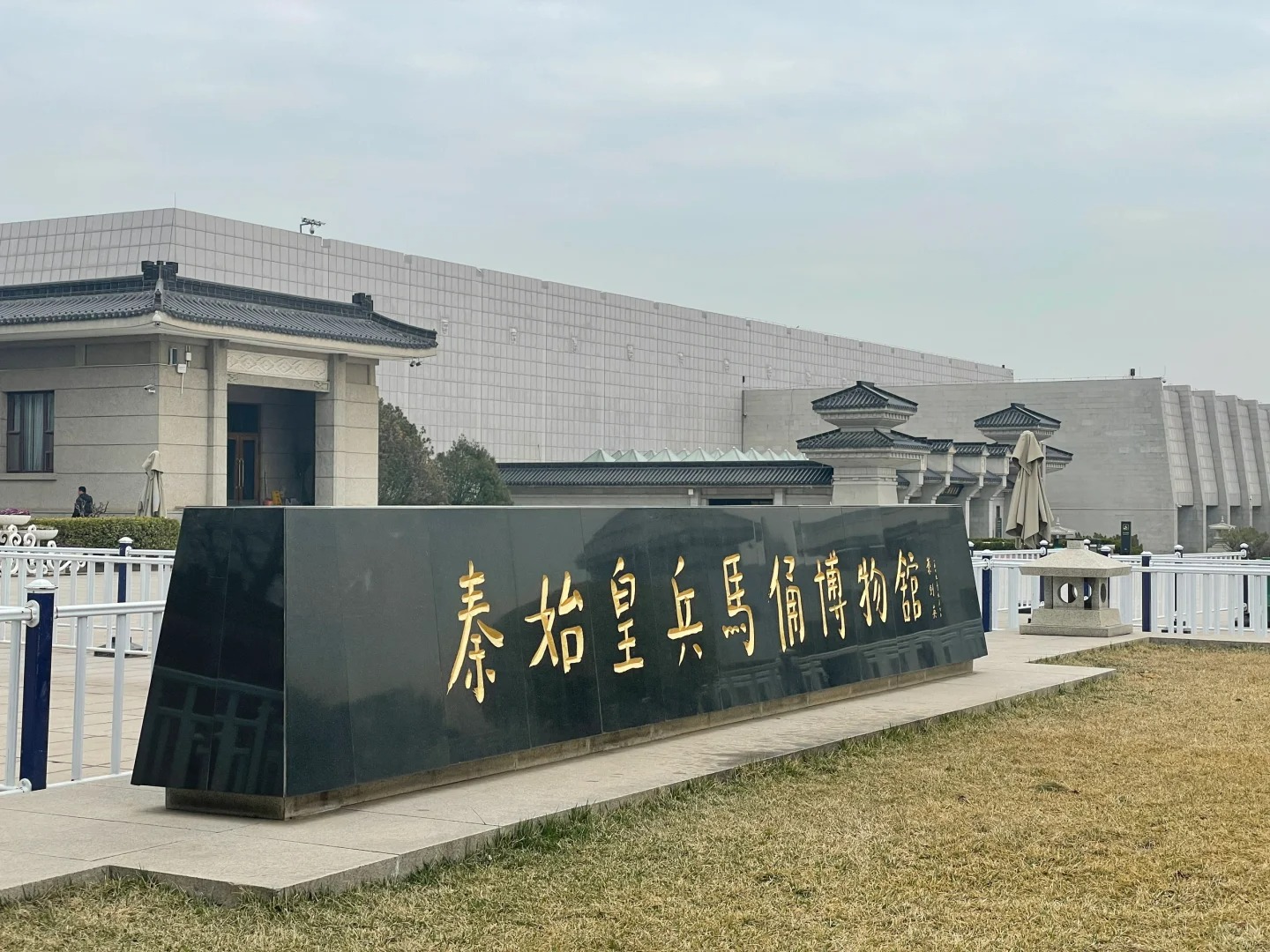
FAQ
- What is the Terracotta Army famous for?
The Terracotta Army is famous for being one of the most significant archaeological discoveries of the 20th century. It’s an enormous collection of life-sized terracotta sculptures representing the army of the first Emperor of China, Qin Shi Huang. - What’s inside the Terracotta Army?
Inside the Terracotta Army site, you’ll find thousands of life-sized terracotta warriors, horses, and chariots arranged in battle formations. There are three main pits open to visitors, as well as an exhibition hall displaying artifacts like bronze chariots and weapons. - Is the Terracotta Army free?
No, the Terracotta Army is not free. There is an entrance fee that varies seasonally, ranging from 120 CNY to 150 CNY. - Is the Terracotta Army worth visiting?
Yes, the Terracotta Army is definitely worth visiting. It’s a UNESCO World Heritage site and one of China’s most important historical attractions, offering a unique glimpse into ancient Chinese history and craftsmanship. - What to do in the Terracotta Army?
At the Terracotta Army, you can explore the three excavation pits, view the terracotta figures up close, visit the exhibition hall to see artifacts and learn about the history, watch a 360-degree movie about the site’s discovery, and potentially see ongoing restoration work. - How do I get to the Terracotta Army in Xi’an?
In Xi’an, you can reach the Terracotta Army by taking Metro Line 2 to Weishui Road Station and then transferring to Tourist Bus 5 (306). Alternatively, you can take Tourist Bus 5 (306) directly from Xi’an Train Station. Taxis are also available, taking about 1 hour from the city center. - How to visit the Terracotta Army?
To visit the Terracotta Army, plan to arrive during opening hours (8:30 AM – 6:00 PM or 5:30 PM depending on the season). Purchase tickets at the entrance. It’s recommended to start with the introductory film, then visit Pit 1, followed by Pits 2 and 3, and finish at the exhibition hall. Consider hiring a guide or using audio guides for a more informative experience. Allow at least 2-3 hours for your visit. It’s best to visit in the morning to avoid crowds, especially during peak season.


